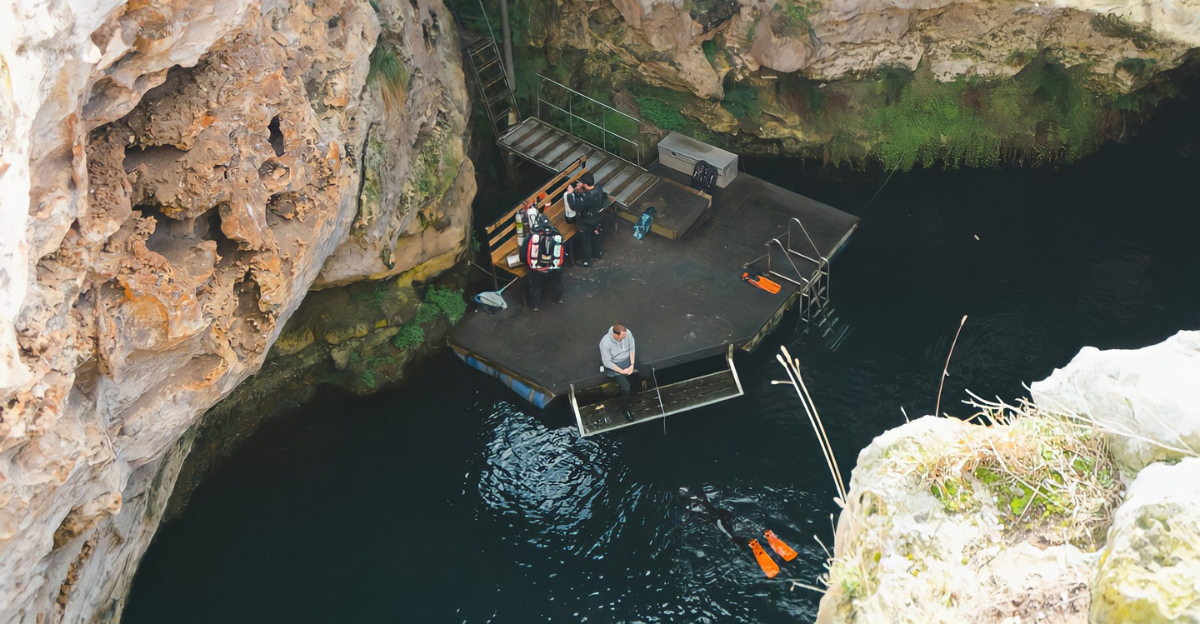
Beneath the familiar landscapes of continents and oceans, a startling secret is redefining our understanding of the dynamic processes within Earth’s interior. Geologists are piecing together an intricate new picture of a hidden world far below our feet that is believed to be one of the most dramatic discoveries in planetary science.
While most eyes in science focused on the stars or the deep sea, a new frontier is taking shape in the planet’s mantle, a domain that stretches a thousand miles from the base of the crust to the edge of the molten iron core, where temperatures reach nearly 10,000 degrees Fahrenheit and pressures 1.3 million times that of the surface. The story begins with a mineral that has never appeared at Earth’s surface, hinting at volumes of water that dwarf the planet’s visible seas.
National and Global Relevance
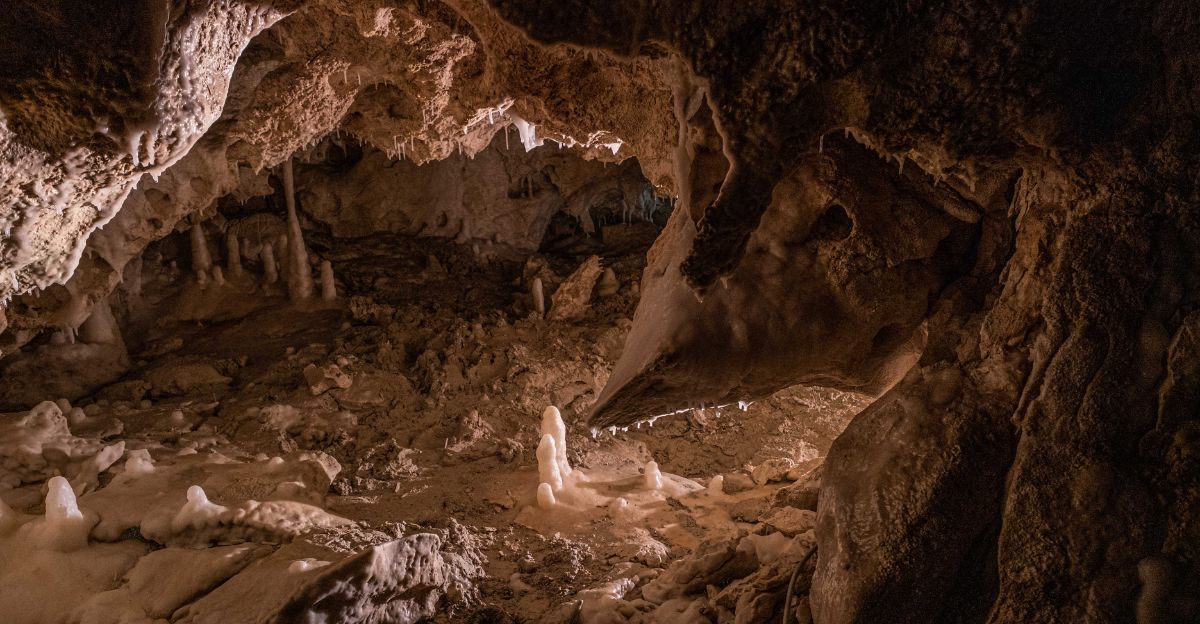
This discovery is not confined to a single location or region; it has implications for the entire planet. Evidence of the subterranean phenomenon has been detected from coast to coast in North America, with seismic networks picking up signals from deep beneath some of the continent’s largest cities and some rural areas.
The extent of this hidden reservoir suggests a fundamental aspect of Earth’s structure, which impacts activities as diverse as volcanic eruptions and the movement of continents.
As the researchers widen their scope, the potential for such reservoirs under each continent increases, implying a truly global discovery with significant implications for geology and the Earth’s water cycle.
The Water on Earth

For millennia, the story of Earth’s oceans has been told from the surface — vast blue expanses that define our planet’s appearance from space. But that narrative is shifting. Scientists once thought water arrived via icy comets or asteroids, but new evidence suggests a more complex, internal origin.
The idea that Earth’s water might have gradually surfaced from its interior, rather than rained down from space, threatens to upend a long-standing idea about the planet and invoke wonder about its secret history. This nostalgia for old theories brings excitement over a new chapter in Earth’s history.
Contradicting Old Theories
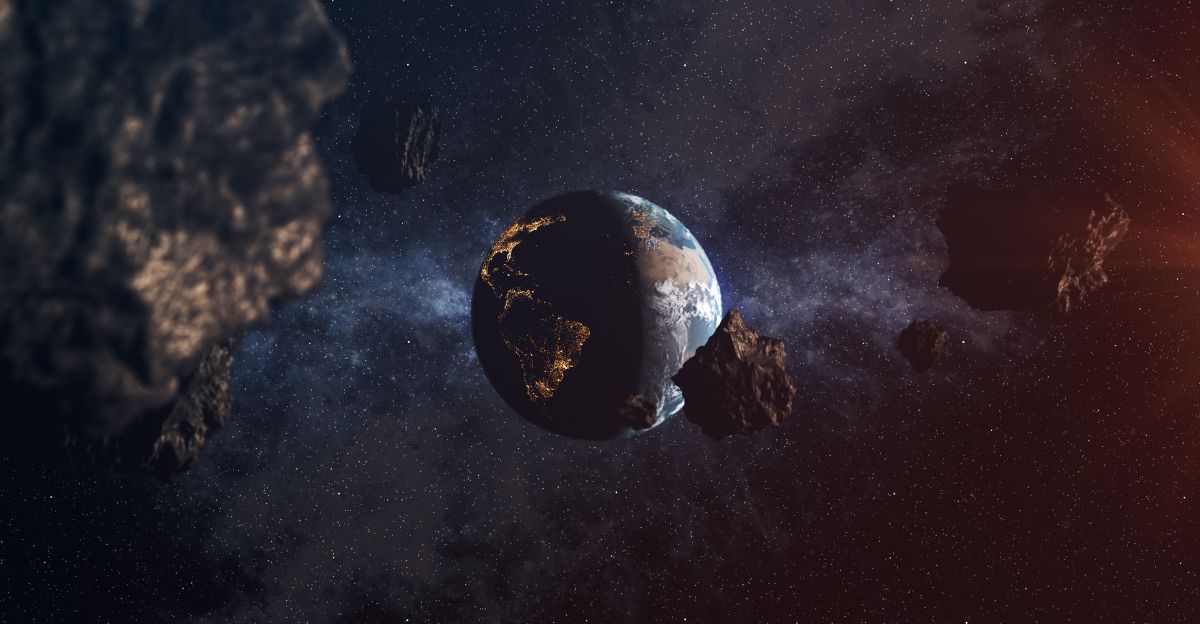
Just as old business models fade in the face of new competition, traditional explanations for Earth’s water are being reconsidered. Evidence from deep inside the Earth contradicts the theory that comets and asteroids delivered most of its water.
Growing scientific scrutiny and improved technology have exposed gaps in previous models, uncovering a world where water is more than just a surface feature: It is a dynamic, active, and integral part of the planet’s inner workings. This shift in thinking mirrors how new ideas challenge old certainties, reshaping our understanding of Earth’s most fundamental resource.
A Hidden Ocean in the Mantle

The central discovery is breathtaking: a vast reservoir of water, locked within the mineral ringwoodite, lies about 400 miles deep beneath Earth’s surface. It is not a liquid sea, but instead water stored within the crystal structure of rock under immense pressure and heat.
This underground reservoir is believed to hold as much water as all the world’s surface oceans combined. Seismic studies and laboratory experiments have confirmed the presence of ringwoodite—a mineral that seems to work like a sponge, trapping water molecules, providing a new explanation for the origins and movement of Earth’s water.
Regional Impact and Geological Significance
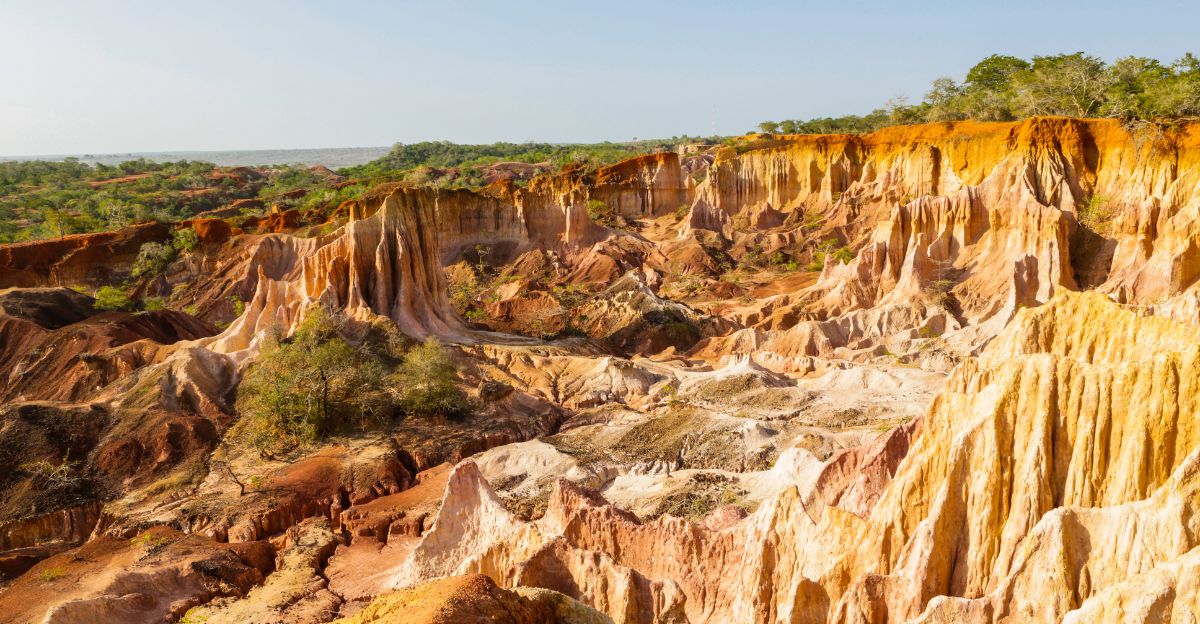
The implications of this discovery are not just global; they are also deeply regional. Seismic records from North America, particularly beneath the United States, show clear signs of mantle melting linked to the release of water from ringwoodite.
This is happening due to subduction, in which oceanic plates sink into the mantle, carrying water with them. The result is a dynamic system of water exchange between the surface and the deep interior, with regional variations in melting and volcanic activity. Understanding these patterns helps scientists predict geological activity and gain insight into the long-term evolution of the planet.
Decades of Scientific Struggle
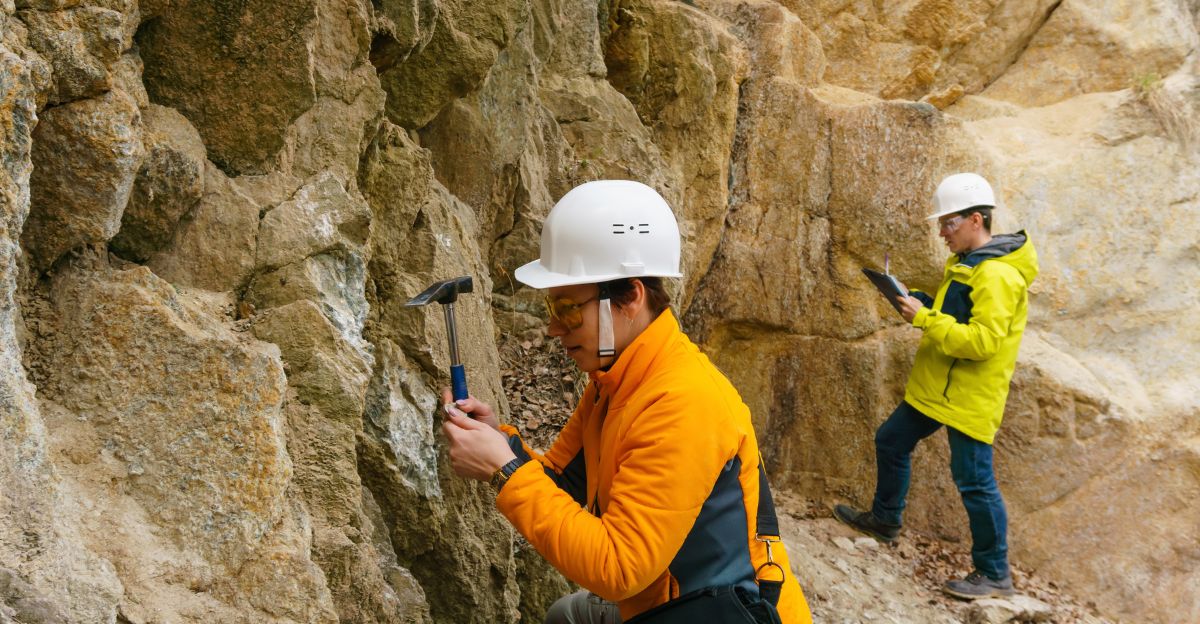
At the heart of this groundbreaking discovery is decades of persistent work by geologists and seismologists. Scientists such as Steve Jacobsen and Brandon Schmandt have dedicated their careers to unraveling the mysteries of Earth’s interior, often facing skepticism and overcoming technical barriers.
Their research, involving laboratory experiments and large-scale seismic monitoring networks, has finally provided the proof they required. This human story of curiosity and persistence adds another dimension to the scientific feat itself and underscores the value of sustained investment in fundamental research.
Competitive Pressure in Earth Sciences
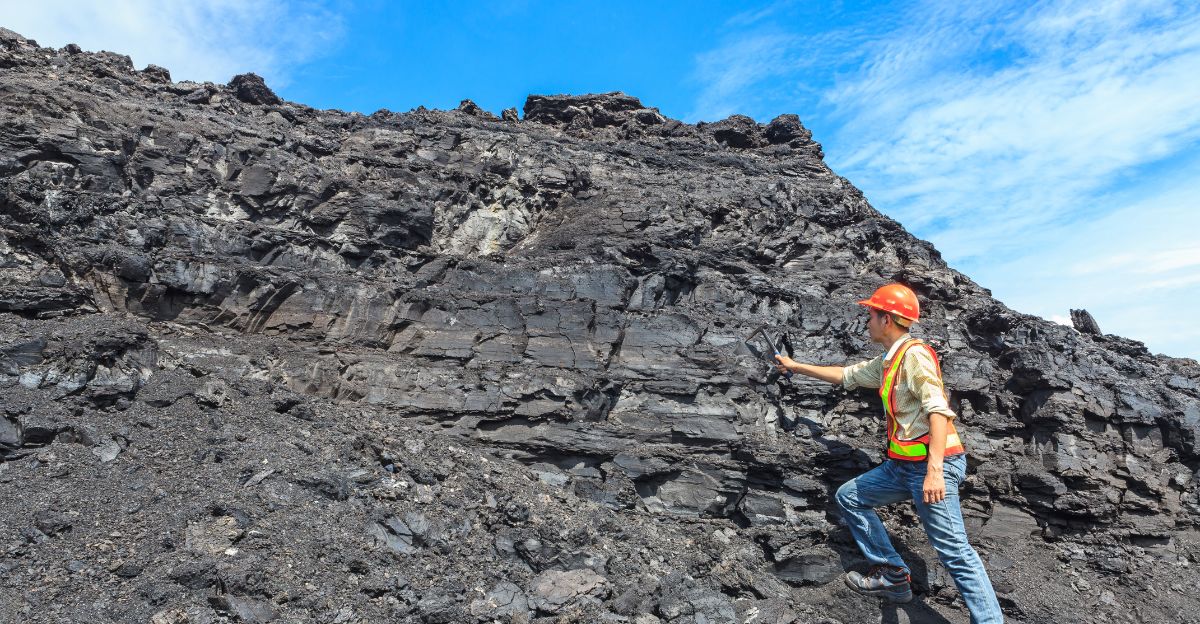
In the same way that market pressures limit the success of businesses, scientific theories are only as good as their resistance to contravening evidence and rival hypotheses. The revelation about how much water ringwoodite can contain contradicts older models of the water cycle and will require scientists to rethink the prevailing ideas.
Emerging research techniques, such as advanced seismic imaging and high-pressure laboratory experiments, are pushing the boundaries of what we know. This competitive environment drives innovation and ensures that only the most robust theories survive.
Changing Habits in Scientific Understanding
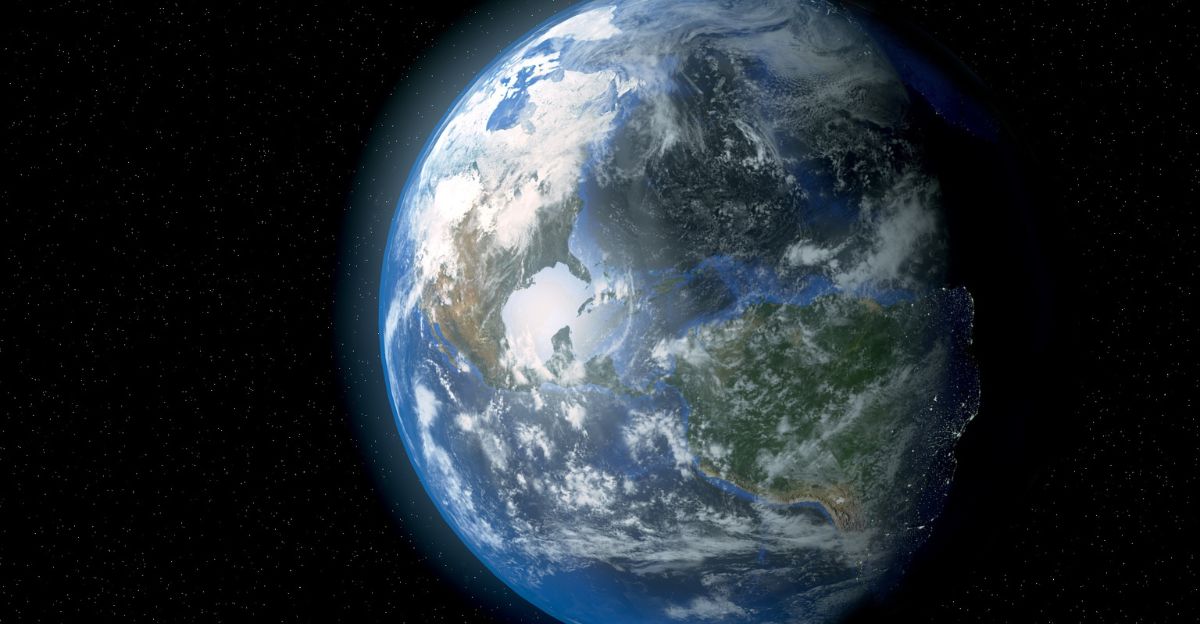
The realization that Earth’s water might come from within rather than space reflects a broader trend toward more integrated, systems-based thinking in geology.
Today’s researchers are moving away from simplistic, one-dimensional narratives and are embracing the complexity of the Earth’s dynamic processes. This shift mirrors the way society adapts to new information, constantly revising its understanding of the world in response to fresh evidence and changing perspectives.
The Future of Deep Earth Research
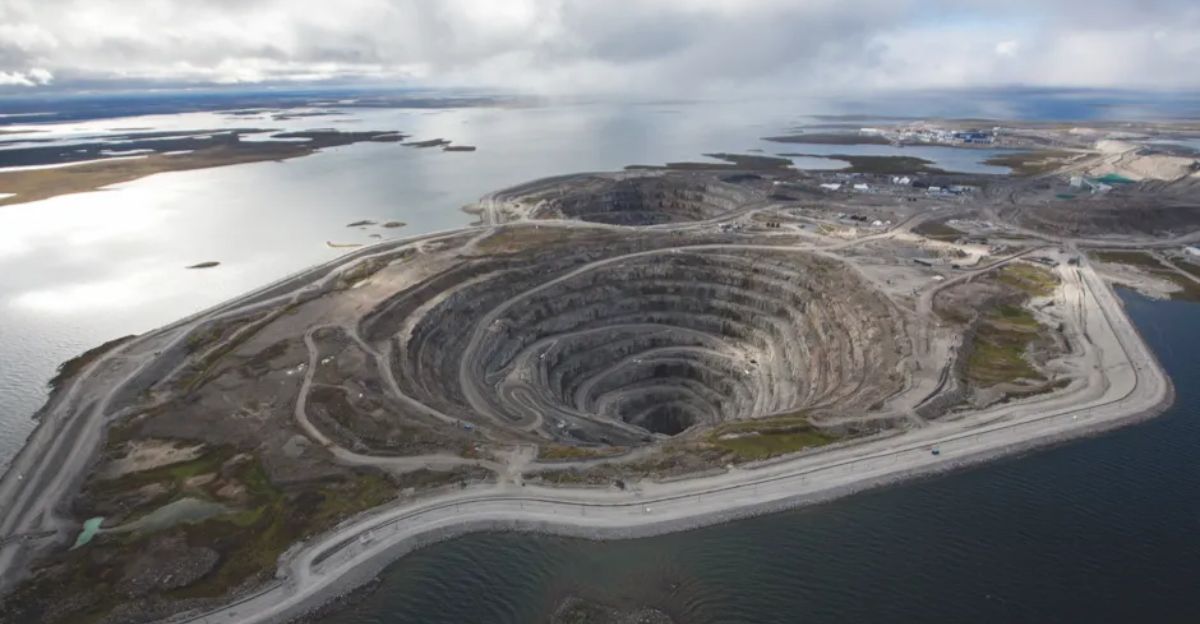
With the discovery of this hidden ocean, scientists are ready for a new era of exploration. The next steps include expanding seismic networks worldwide, refining laboratory techniques, and creating new models for the Earth’s water cycle.
As scientists continue to delve into the planet’s interior, they may find even more surprises about the origin and distribution of water. It is by no means over yet – each new discovery raises new questions, and the story of our planet’s hidden depths is destined to continue to fascinate and surprise us for years to come.
Explore more of our trending stories and hit Follow to keep them coming to your feed!

Don’t miss out on more stories like this! Hit the Follow button at the top of this article to stay updated with the latest news. Share your thoughts in the comments—we’d love to hear from you!







